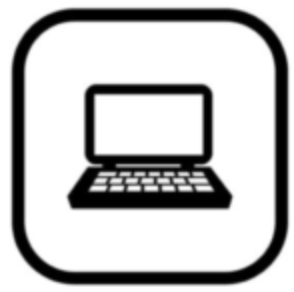“The Surface pen does work with Photoshop, which runs on Surface Pro, though advanced features such as pressure sensitivity and eraser functionality may not be available at this time. Microsoft is working with the necessary partners to make advanced features of the Surface pen available across a number of applications in the near future.”.
For us photographers, the Surface Pro 4 is a choice device for a variety of reasons and uses: While not the best image making solution, it can take photos ; It works with the full versions of Adobe Lightroom & Photoshop; Lightroom and Photoshop are the perfect companions to the SP4 for photographers.
Can Surface Pro replace a laptop?
The Surface Pro was built to be a laptop first and tablet second. The Surface is a laptop so therefore you are not replacing anything only purchasing a new laptop . Using the Surface as a tablet would take getting used in tablet form since it runs full Windows OS.
Can the Surface Pro run Autodesk Maya?
, and level 1. I use Maya on my i5 Surface Pro 3 and it works great. It is nice to have the high resolution screen though it can sometimes be hard to see the points in vertex mode or in the graph editor since they are so small. There is unfortunately no UI scale (at least none that I have found) even in the newest Maya so the menus.
How to use Adobe Illustrator on Surface Pro?
Surface Pro X include ARM CPU, not Intel CPU. Surface Pro X can only emulate x86 applications. Illustrator 2020 cannot be used because it becomes a 64-bit application. Illustrator 2019 can be used because it is a 32-bit application, but since it is emulation only, Adobe will not guarantee operation.
Another frequently asked inquiry is “How to pair your Surface Pro with Surface Pen manually?”.
We lots of useful accessories included. Laminated screen for better accuracy. Built-in Macro buttonsAffordable for a display tablet.
How to become a pro in Photoshop?
, and a. Communicate visually by using the elements and principles of design and common design techniques., and i. Key Terms: space, line, shape, form, color, texture, emphasis/focal point, unity/harmony, variety, balance, alignment, proximity, repetition, rhythm, scale, movement, negative space, gestalt, etc. b. I, i, or c are a few additional things to look into.
